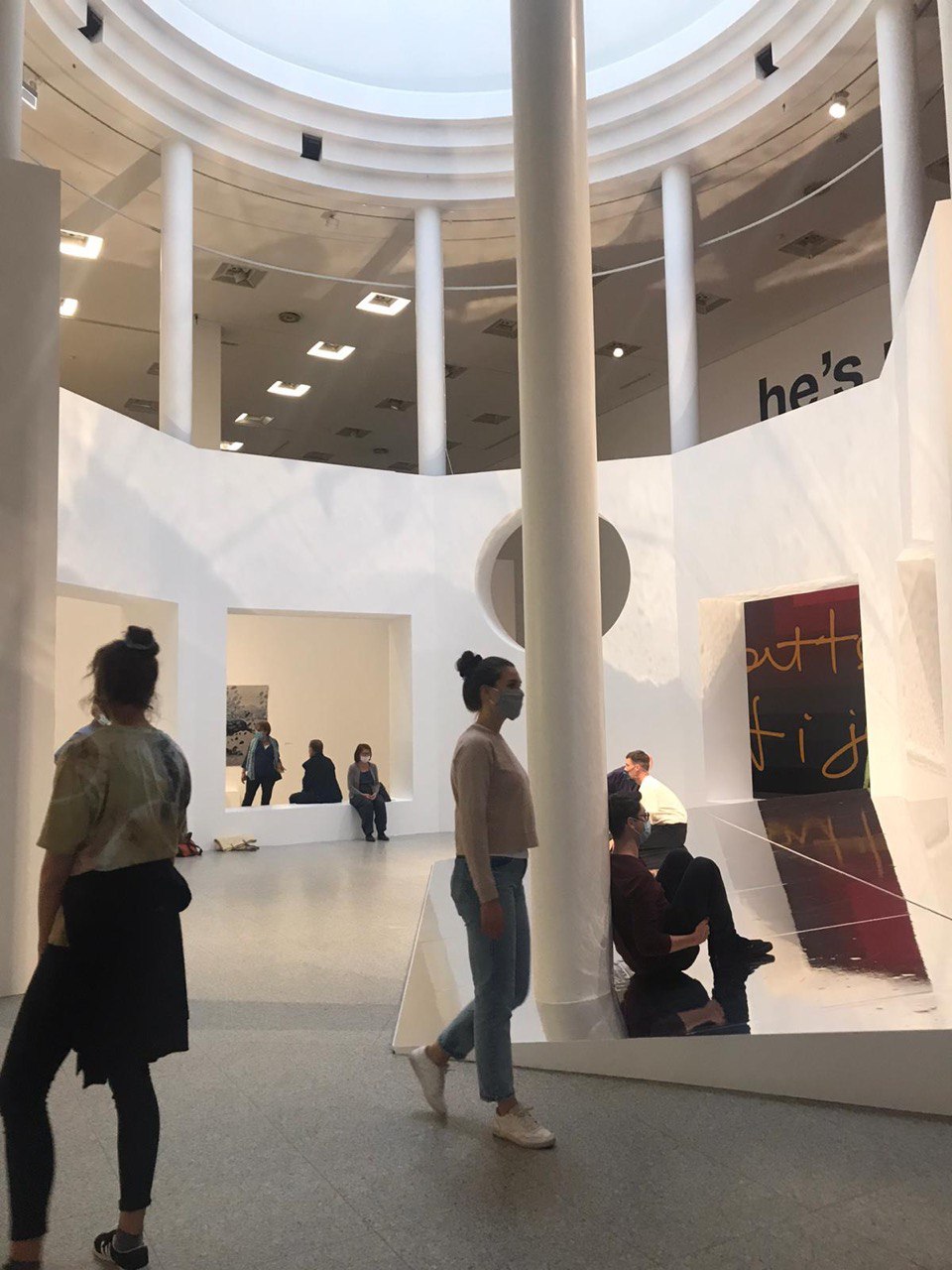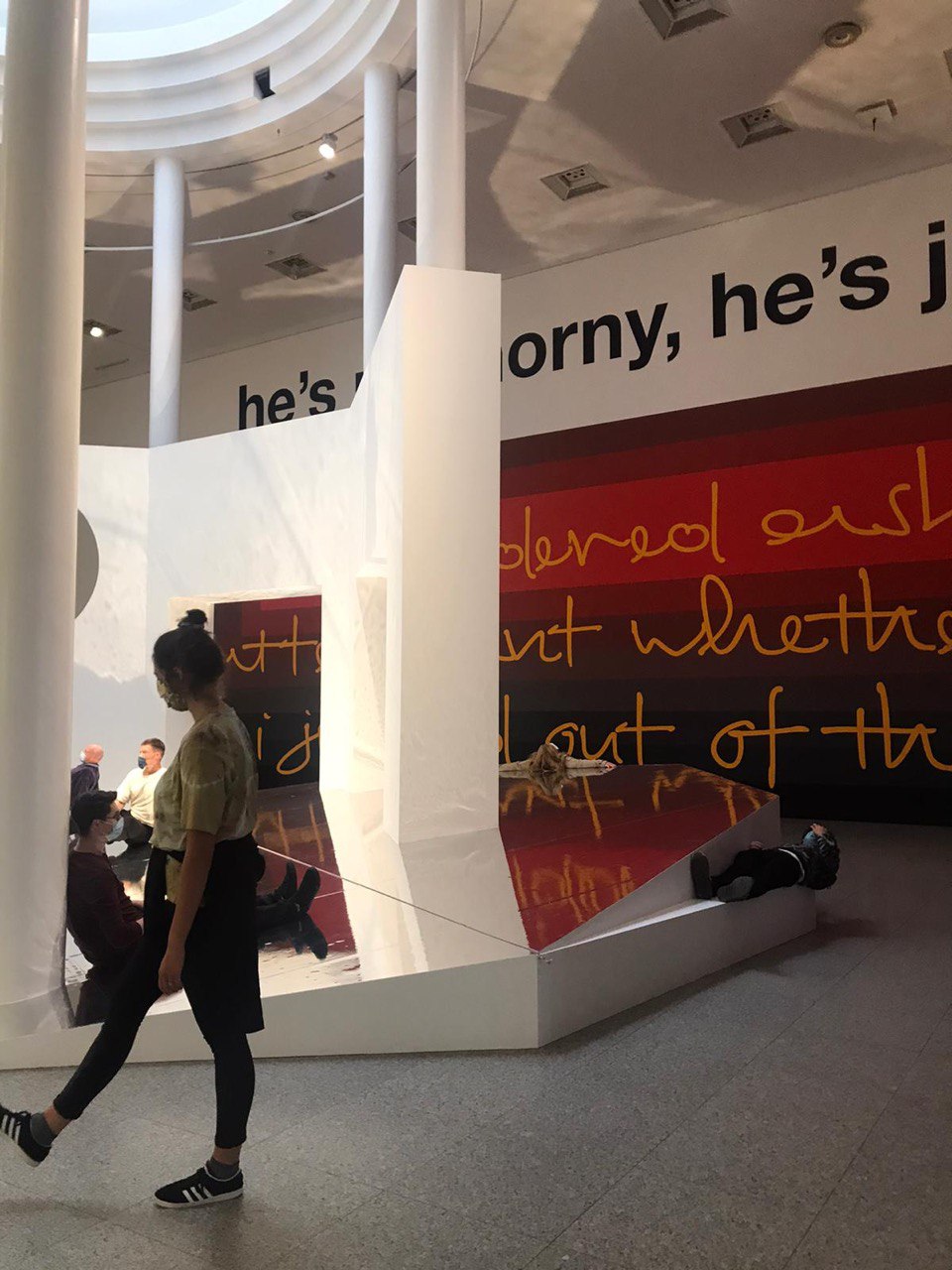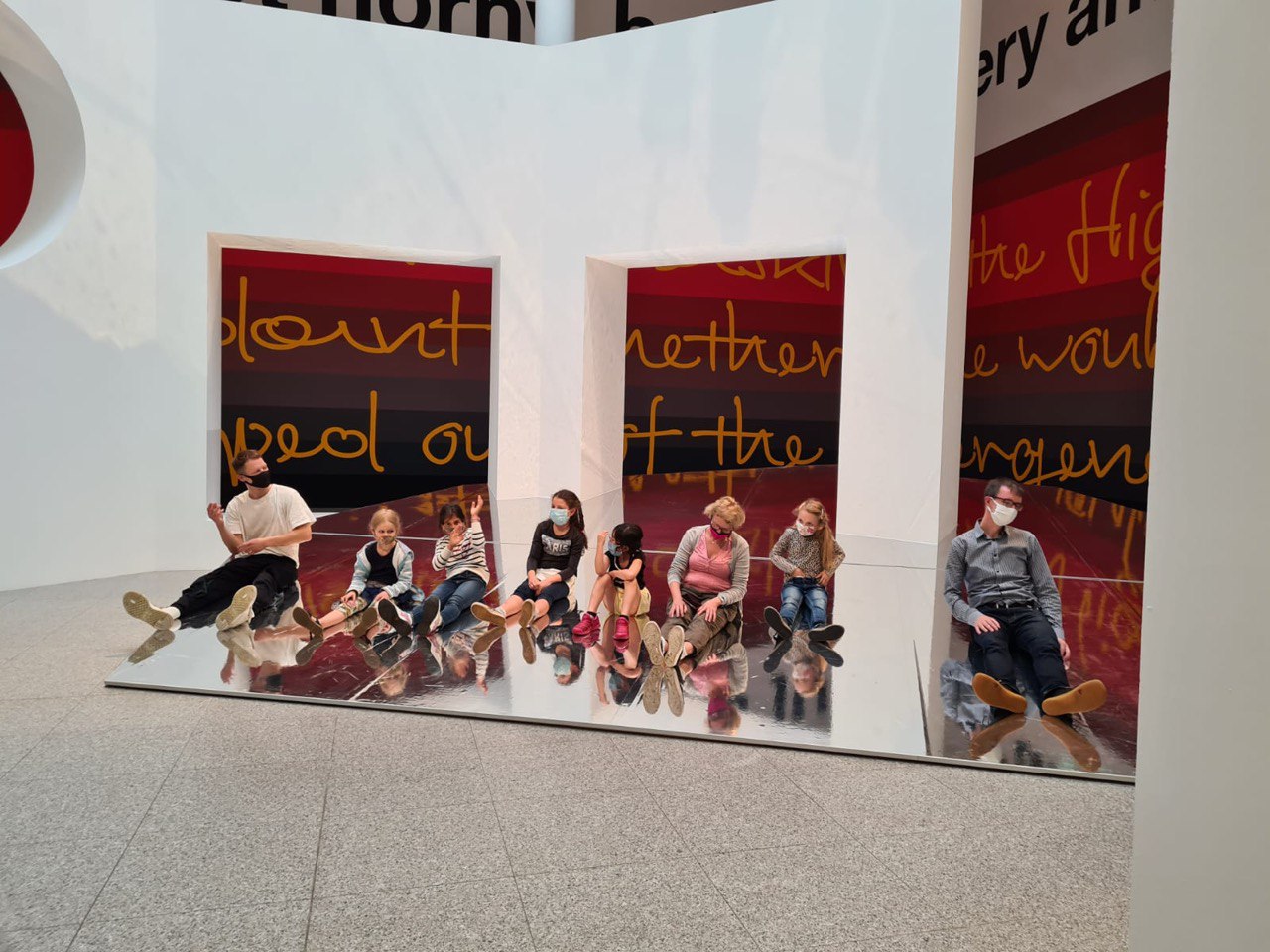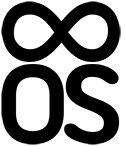Fluidity at Bundeskunsthalle
In the frame of the State of the Arts Exhibition (Gazebo (even if) installation by Isabel Lewis and Dirk Bell, curated by Miriam Barhoum and Johanna Adam), we presented EightOS bodymind operating system as a methodology and a practice for activating the fluid modality in a public space.
The presentation took shape of six activation sessions happening in July and August 2020 in the exhibition space of Bonnkunsthalle (Bonn, Germany), where we invited the participants to explore the concept of fluidity both on the physical and social levels in the context of Coronavirus restrictions and the resulting limitations imposed on the public exhibition space.
Below is the description of our sessions along with some photo reports.
…
Most of the time when we find ourselves in a public space we may be confined by certain rules, social norms, regulations, and limitations — all of which form our current operating system. Normally, we respond with compensation mechanisms that allow us to maintain a balance as a way of coping with these external influences. However, what if we take them as an inspiration? Every obstacle as an invitation to change the flow (and, thus, to feel it even stronger and more). Every oblique surface as an invitation to feel the gravity force and to play with it.

EightOS proposes to apply the metaphors and approaches used in programming in order to reverse-engineer our current OS, so that we can approach the habits we have in a playful way — disassembling the existing ones and using their elements to assemble the new constellations that create a space for the new possibilities to emerge.
This task is easiest for children, who do not yet have too many habits. They can simply approach a situation in a playful way and explore new modalities of being through role play (e.g. being a plant at the bottom of the sea, an ocean, a river, passing the gestures from one another).
Any (re)programming needs a language. In our case it’s going to be the language of the body, which we will use as the hardware for the new software. The software will consist of the different building blocks that we will put together in order to generate a new kind of experience: the notions of the flow, wave, fluidity, adaptation, and response. To explore these notions on the level of the body is to ingrain them into our system on the level of reflexes instead of ideas that cannot be acted upon.
We will start from the notion of a flow. Air flow is something that we can all experience through breathing, a basic human experience of continuity, both conscious and unconscious. It is now being obfuscated by various regulations that prescribe wearing masks due to safety concerns. How can we maintain the flow in that context? How can we use the little bit that we have left to maintain a certain continuity?
 A flow as a transfer of energy, which happens through waves. Breathing happens in waves, most of the processes around us (both on the microscopic and macroscopic levels) happen in waves, in cycles. Breathing as the basic experience of the wave, allowing us to connect to the rhythm of the universe.
A flow as a transfer of energy, which happens through waves. Breathing happens in waves, most of the processes around us (both on the microscopic and macroscopic levels) happen in waves, in cycles. Breathing as the basic experience of the wave, allowing us to connect to the rhythm of the universe.
What is the space / body structure that helps maintain the flow, to allow the breath to spread through all the levels? How can we align our system in order to allow for uninterrupted flow on all levels? How can we remove the tensions and erase all unnecessary traces from our body language? Alignment and oscillatory tension/release.
Once we feel the uninterrupted flow that happens through waves, we can start to explore fluidity on the level of the body. We will perform several exercises that allow to spread the notion of fluidity as a feeling throughout our whole system. We will use Systema martial art and Noguchi Taiso as the practices that allow us to experience the fluid movement inside the body. Using the force of gravity as the energy and redirecting it through our flow.
We will then take this notion of fluidity into space and combine it with a rhythm (or walking and breathing). We will use the rhythm as a base layer to maintain a stable uninterrupted flow. We will then introduce various movements into space and start exploring how these movements can be transferred through space from one body to another (inter-subjective fluidity). We will see how the notion of adaptation is different from the notion of appropriation, playing around with transferring the different impulses within the space and between each other.
After that we will also explore the concept of a response: receiving and giving back. How can we operate in this modality with ourselves, with the space, and with the people around. Can the impulses travel through space? How can then propagate, infiltrate and dissipate? What are the physical / mental qualities that emerge during those processes? How does it affect the space and the social body?





